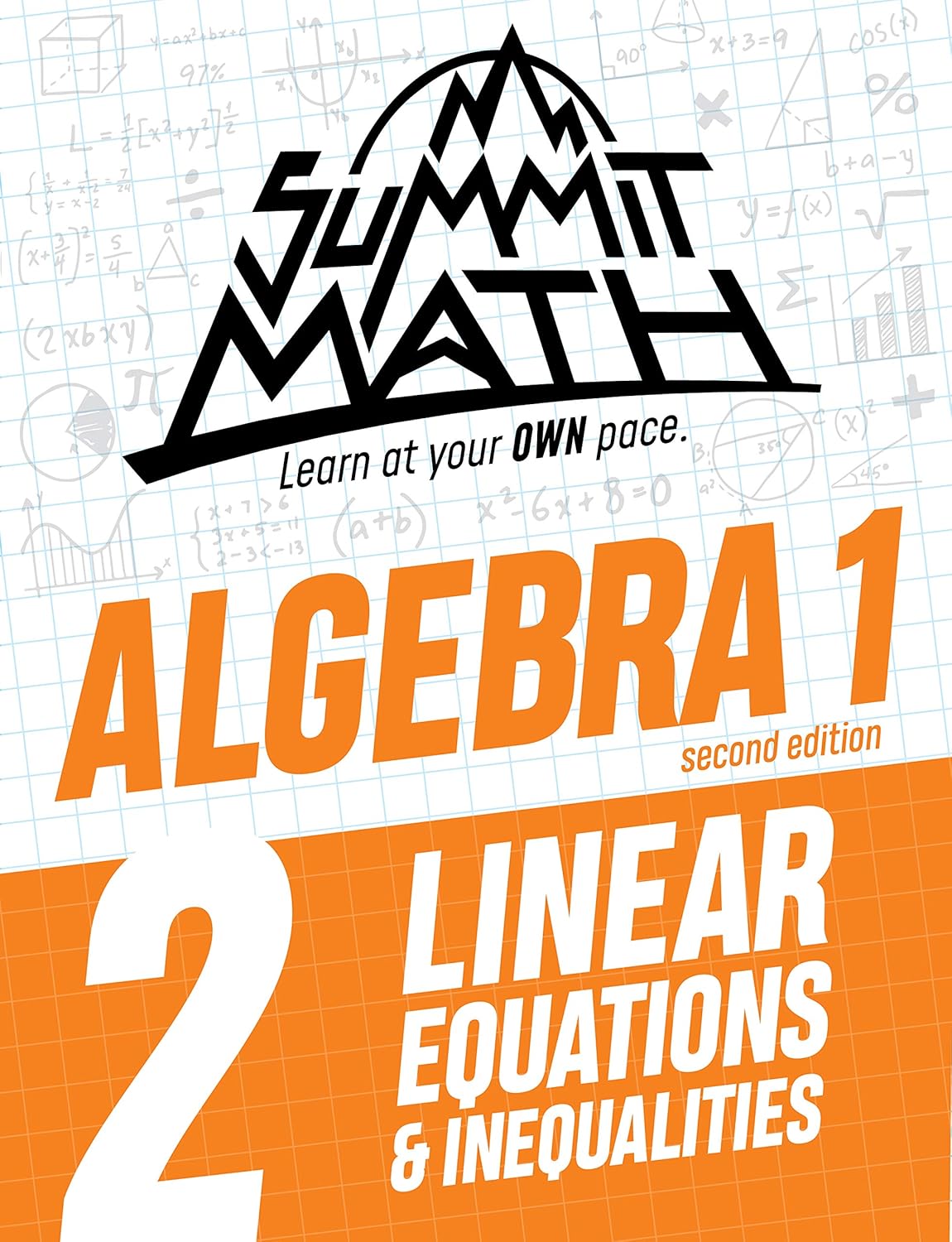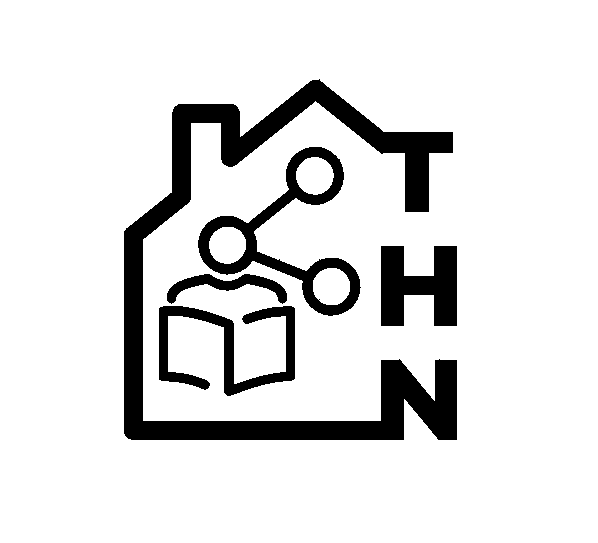This textbook series is designed to be a dynamic classroom companion, supporting both full-class instruction and independent learning, empowering students to learn at their own pace, whether working individually or collaboratively. The author makes each concept easy to understand and engages students in the process of building genuine understanding, rather than memorizing formulas without knowing why they work. With careful pacing, clear explanations, and an answer key for detailed feedback each step of the way, the uniquely scaffolded approach allows students to learn math anywhere, at school or at home.
Written by a teacher with over 20 years of experience, each feature is designed to benefit students. Published as a separate books instead of a single textbook, students feel a sense of achievement when they finish each book, making learning feel less intimidating. Each lightweight book has 2 parts. The first half uses small steps to guide students through the process of constructing each concept, while the second half provides additional practice to reinforce learning and improve retention. Every section includes an answer key to provide teacher-like feedback each step of the way. This curriculum is named Summit Math to reflect the author’s belief that learning is like hiking. Anyone can reach the summit, at their own pace, if they keep taking small steps.
Book 2 Contents:
- Plotting points on a graph
- Graphing a line using an equation and a T-chart
- Graphing a line using its intercepts
- Constant rates
- The slope of a line
- Writing a line’s equation in Slope-Intercept Form
- Parallel and perpendicular lines
- Scenarios that involve linear equations
- Linear inequalities
- Cumulative Review
- Answer Key
Book description:
This books builds on the introduction to rates at the end of Algebra 1: Book 1. Students learn that a constant rate of change produces a linear relationship. They learn about x- and y-intercepts and they graph equations in Standard Form. After they learn about slopes of lines, the book introduces them to equations in Slope-Intercept Form and guides them through scenarios that include graphing lines in that form and writing equations to model linear relationships. Students also learn about parallel and perpendicular lines. Near the end of the book, they learn how to graph linear inequalities.






Reviews
There are no reviews yet.